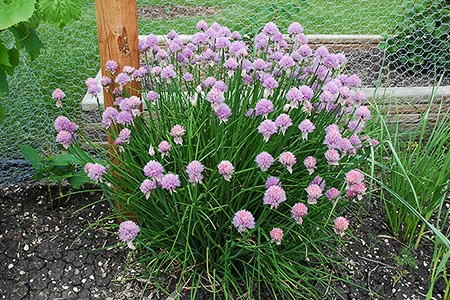How To Grow And Care For A Lady's Mantle Plant
Lady's mantle, also known as Alchemilla, is a beautiful and versatile plant that can be grown in many different types of gardens. In this article, we will explore the various attributes, care requirements, and propagation methods of this lovely plant. Plant Attributes Lady's mantle is a member of the Rosaceae family, which includes roses, strawberries, and a variety of other fruiting plants. It is a herbaceous perennial that typically grows between 30 and 60 centimeters in height. The leaves are deeply lobed and have a slightly fuzzy texture, making them a popular choice for use in cut flower arrangements. In addition, the small, greenish-yellow flowers that appear in late spring and early summer help to make Lady's mantle an attractive addition to any garden. Plant Care Lady's mantle is a relatively easy plant to care for, provided you take a few key steps to ensure its health and longevity. Firstly, the plant prefers partial shade and evenly moist soil, so be sure to choose a spot in your garden that gets some shade during the hottest part of the day. Additionally, the soil should be well-draining, as Lady's mantle does not tolerate waterlogged conditions. In terms of fertilization, Lady's mantle is not particularly picky. A general-purpose fertilizer applied in early spring and mid-summer should be sufficient to keep the plant healthy and thriving. Additionally, you may want to consider mulching around the base of the plant to help retain moisture and suppress weed growth. Pruning Lady's mantle benefits from regular pruning to help maintain its shape and encourage healthy growth. Most gardeners choose to prune Lady's mantle in the fall, after the flowers have faded and the plant has begun to enter dormancy. Use a pair of sharp pruning shears to remove any dead or damaged foliage, and trim back any stems that may have become overly long or straggly. Propagation Lady's mantle can be propagated from seed or division, depending on your preferred method. If you choose to propagate from seed, be sure to sow the seeds in a well-draining soil mix and keep them moist until they germinate. Alternatively, you can divide established plants in early spring or late fall, taking care to separate the root ball into smaller clumps without damaging the fragile roots. Potting & Repotting Lady's mantle can be grown in pots and containers, provided you use a well-draining soil mix and give the plant enough space to grow. When potting up Lady's mantle, be sure to choose a container with drainage holes to prevent waterlogging. Additionally, repotting every two to three years can help keep the plant healthy and encourage new growth. Common Pests & Plant Disease Lady's mantle is relatively pest and disease-free, but there are a few issues that may arise from time to time. Common pests include aphids, spider mites, and slugs, which can be controlled with a variety of organic or chemical treatments. In terms of diseases, Lady's mantle may be susceptible to powdery mildew, which can be prevented by keeping the foliage dry and well-ventilated. Common Problems The most common problem with Lady's mantle is overwatering, which can lead to root rot and other fungal diseases. To prevent this issue, be sure to choose a well-draining soil mix and water the plant only when the top inch of soil feels dry to the touch. Additionally, be sure to remove any dead or damaged foliage promptly to prevent the spread of disease. In conclusion, Lady's mantle is a versatile and easy-to-grow plant that can make a lovely addition to any garden. Whether you choose to grow it from seed or propagate from division, with proper care and attention, Lady's mantle is sure to thrive in your garden for years to come. 


www.gardeningknowhow.com
www.pinterest.com
www.pinterest.com




Post a Comment for "How To Grow And Care For A Lady's Mantle Plant"